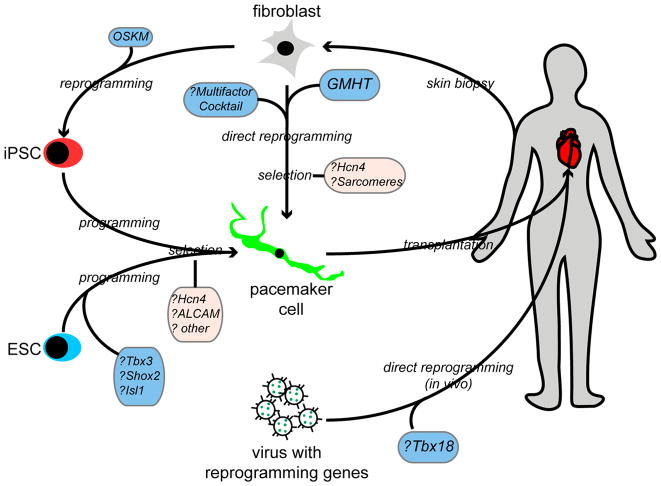Figure 3. Can Pacemaker-Like Cells be Derived or Programmed from Non-Pacemaker Cells?
This model figure displays several strategies to create a biological pacemaker through derivation of PCs from fibroblasts, pluripotent cells, or from resident cardiomyocytes, as enumerated in Table 1. First, patient-derived fibroblasts could be cultured and directly reprogrammed to PCs using multifactor cocktails, or via Gata4, Mef2C, Hand2, Tbx5 (GMHT) induction. Subsequently, selection for Hcn4 expression and for contractile apparatus could ensue. Alternatively, pluripotent cells (ES cells or iPSC) could be programmed with PC-specific transcriptional regulators, or differentiated into cardiomyocyte progenitors with subsequent selection for PC-like cells. Finally, viral vectors could be delivered directly into the heart, attempting to reprogram resident cardiomyocytes into PCs in-vivo. Abbreviations: ESC, embryonic stem cell; iPSC, induced pluripotent stem cell; OSKM, Oct4, Sox2, Klf4, Myc.

